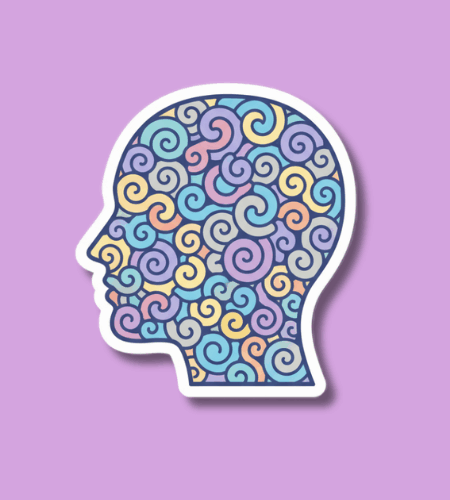Every year on October 21, the day known as Celebration of the Mind Day invites people of all ages to engage in playful thinking, puzzles, games, magic, and mathematics.
Table of Contents
History of Celebration of the Mind Day
This observance was founded in 2010 to mark the birthday of Martin Gardner (October 21 1914) and to honour his legacy of recreational mathematics, magic, and puzzle‑writing. Events and activities centred on fun with ideas quickly became the hallmark of the day.
Over time the day grew beyond a single birthday tribute into a worldwide series of gatherings—small and large—designed to spark curiosity, wonder and collaboration around the mind’s playful side.
Why is Celebration of the Mind Day important?
When I think about it, Celebration of the Mind Day is more than just doing puzzles—it’s a gentle nudge reminding us that thinking can be joyful and communal. In our busy lives, we often prize productivity or outcomes, but this day shifts the focus: the value is in the exploration, the “aha” moment, and the connection we feel when discovery is shared.
It also subtly champions modes of learning that don’t feel like homework. It honours the spirit of Gardner, who believed that curiosity about odd shapes, paradoxes, magical tricks or numerical patterns could inspire real learning and delight. This holiday invites us to tap into that spirit, to recognise that our minds enjoy play, surprise and collaboration just as much as challenge and rigor.
- Encourages slowing down to explore ideas and problems just for fun
- Celebrates curiosity rather than grades or performance
- Brings generations together through games, puzzles and wonder
- Reminds us that creativity and logic are two sides of the same “mind‑play” coin
- Gives good reason to laugh, wonder and connect over what we think, not just what we earn
How to Celebrate Celebration of the Mind Day
You can mark this day without needing fancy tools or big gatherings. At its heart, it’s about gathering (even if virtually) with friends, family or colleagues around a puzzle, a game or a surprising thought experiment. You might set aside half an hour after work or school to share a puzzler, ask someone to teach you a new magic trick, or simply sit with a notebook and doodle ideas. Invite someone younger (or older) and watch how their mind lights up when you hand them something unexpected—a Rubik’s cube, a deck of cards with a trick, a logic puzzle.
Another approach is to dedicate part of the day to creating rather than solving: invent your own riddle, design a simple magic illusion, explore a mathematical curiosity you’ve never tried. The act of creation engages a different part of the mind and can leave you with something tangible and surprising. While you do that, invite conversation—“Why does this shape behave this way?” or “What if we did this trick backwards?” Those questions are what make the day memorable.
- Pick a puzzle or brain‑teaser and invite a friend or family member to try it with you
- Teach yourself or someone else a simple magic trick or card illusion
- Doodle or sketch a mathematical idea (like a spiral, a tessellation or a paradox) and talk about what you find
- Host a mini‑challenge: whoever solves a riddle first gets to pick the next activity
- Share a photo or story of your mind‑play on social media with the hashtag #CelebrationOfTheMindDay
Celebration of the Mind Day Dates Table
| Year | Date | Day |
|---|---|---|
| 2025 | October 21 | Tuesday |
| 2026 | October 21 | Wednesday |
| 2027 | October 21 | Thursday |
| 2028 | October 21 | Saturday |
| 2029 | October 21 | Sunday |
Subscribe to our newsletter and never miss a holiday again!

